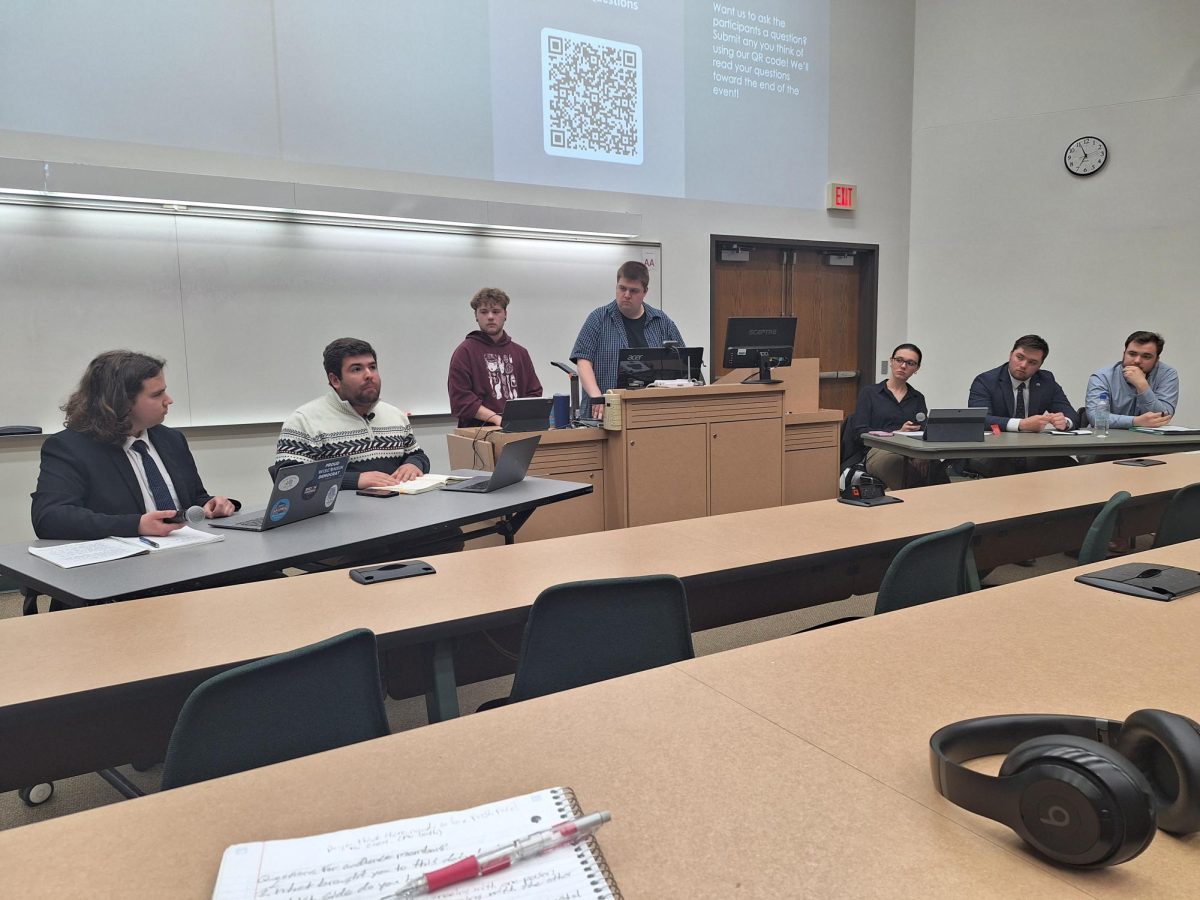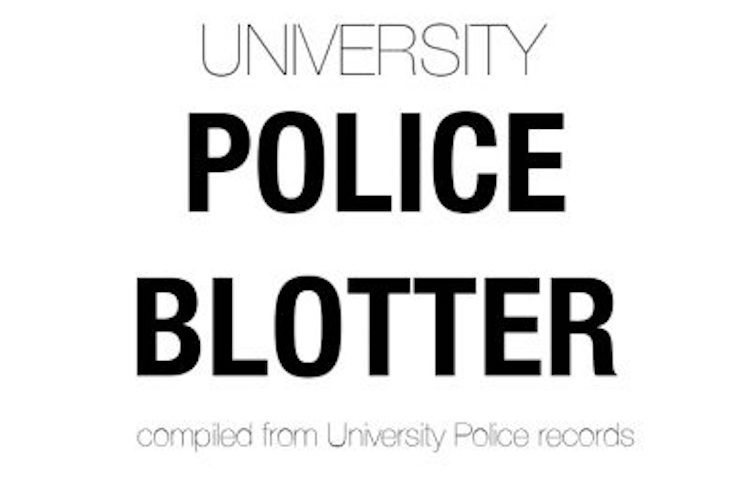Members of the UW-Eau Claire Carbon Neutral Team facilitated a discussion on Oct. 22 in Davies Theatre of research findings regarding campus greenhouse gas emissions, where those emissions come from, current actions reducing emissions and what can be done in the future to reduce emissions.
The CNT, which is made up of 10 undergraduate students led by associate professor of biology Kristina Beuning, presented the “State of the University: UW-Eau Claire Emissions and Recommendations for Achieving Carbon Neutrality 2008” report which summarized those findings and included their suggestions for recommendations to improve sustainability efforts on campus.
Chancellor Brian Levin-Stankevich signed the American College and University President’s Climate Commitment in August 2007. The ACUPCC requires those who sign to obtain totals of annual greenhouse gas emissions as well as implement long-term goals to reduce emissions and achieve carbon neutrality, the report states.
In the spring of 2008, an independent and interdisciplinary research course was created by the university to complete the carbon inventory required by the ACUPCC, the report states. The class called itself “The Carbon Neutral Team.”
The CNT’s research summarized a division of the campus carbon footprint into areas including heating, cooling, transportation, electricity, solid waste, and refrigerants and other chemicals. The figures were reduced to include carbon offsets already in place by the university, the report stated, and in turn were used to identify areas not taken care of by those offsets.
Initially, the CNT found that campus carbon emissions in all categories combined totaled 41,560 metric tons of equivalent carbon emissions (eCO2) per academic year. When including current offsets, emissions totaled 39,964 metric tons of eCO2 per year.
Electricity was found to be the highest contributor to carbon emissions with an average of 20,002 eCO2s of electricity emitted each year and accounting for almost 50 percent of Eau Claire’s carbon footprint. Simple behavioral changes can help reduce emissions, the report states, such as turning off lights, setting computers to go into sleep mode and turning of electrical devices when not in use, as well as structural changes in buildings.
Fuels used in heating accounted for 41 percent of the carbon footprint and averaged 16,075 eCO2s per year. Improving heat retention of buildings and reducing greenhouse gases emitted by the University Heating Plant could be significant in reducing those figures, the report states.
The CNT used an online survey to calculate behaviors and habits of students and faculty in the area of transportation and separated those behaviors into different areas, including university-owned vehicles, university-contracted vehicles, commuting, university-related travel by personal vehicle and university-related travel by airplane.
Due to transportation, 5,280 eCO2s were emitted, which accounted for 10 percent of the carbon footprint, the report states, also noting that commuting was found to be the largest contributor to the transportation footprint. Riding the bus, not driving, or car-pooling could lower these emissions, the report suggests. Purchasing fuel-efficient or electric maintenance vehicles would reduce emissions by electricity. However, carbon emissions by electric maintenance vehicles would be transferred to the electricity carbon footprint, the report states.
Solid waste or garbage collected in bins around campus totaled 1,388,430 pounds or about 695 tons of garbage collected each year, the report states. Total metric tons of eCO2 amounted to 102 in the area of solid waste. Much of this waste was found to be office paper, the report states.
Refrigerants and chemicals were included in the carbon inventory to explore the amount of eCO2 emissions and released from composition and disposal of refrigerants and the use of chemicals, the report states. The university emits 3.14 metric tons of eCO2 through chemical waste, which totaled less than 0.1 percent of the carbon footprint.
The next carbon emissions inventory will take place in 2010 as the inventories must take place every two years after signing the Climate Commitment.
– The Spectator staff






